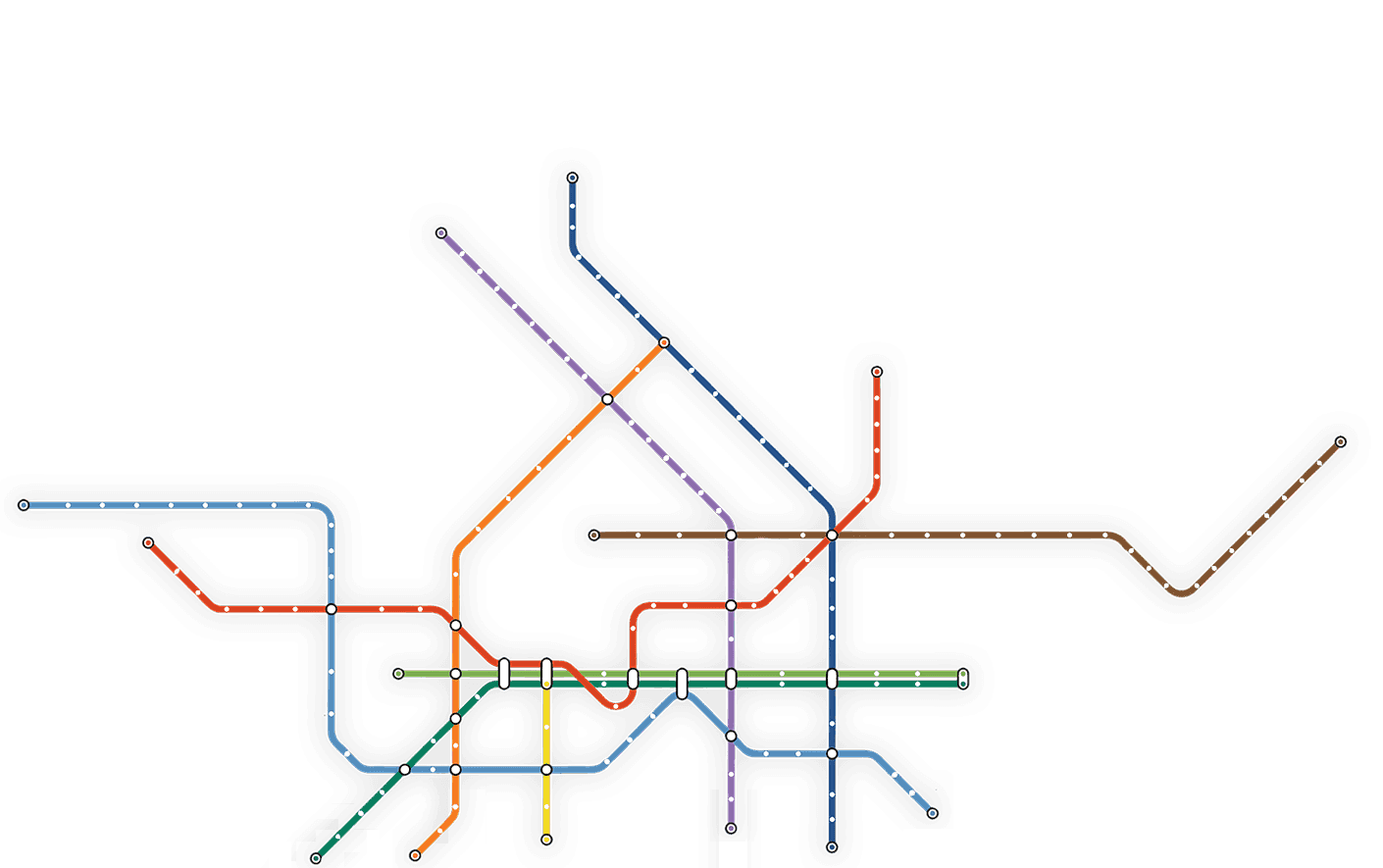
Is it der, die or das Pflanzenerde?
DIE
Pflanzenerde
The correct article in German of Pflanzenerde is die. So it is die Pflanzenerde! (nominative case)
The word Pflanzenerde is feminine, therefore the correct article is die.
German declension of Pflanzenerde?
How does the declension of Pflanzenerde work in the nominative, accusative, dative and genitive cases? Here you can find all forms in the singular as well as in the plural:
| 1 | Singular | Plural |
|---|---|---|
| Nominative | die Pflanzenerde | die Pflanzenerden |
| Genitive | der Pflanzenerde | der Pflanzenerden |
| Dative | der Pflanzenerde | den Pflanzenerden |
| Akkusative | die Pflanzenerde | die Pflanzenerden |
What is the meaning of Pflanzenerde in German?
Pflanzenerde is defined as:
[1] Gardening, plural rare: industrially manufactured nutrient -containing substrate that is supposed to ensure the growth of plants
[1] Gärtnern, Plural selten: industriell gefertigtes nährstoffhaltiges Substrat, das das Wachstum von Pflanzen sicherstellen sollHow to use Pflanzenerde in a sentence?
Example sentences in German using Pflanzenerde with translations in English.
[1] Aus unserem Biomüll erzeugt der Recyclinghof in 10 Wochen sehr nährstoffreiche Pflanzenerde.
[1] From our organic waste, the recycling center creates very nutrient -rich plant earth in 10 weeks[1] In jedem Baumarkt oder Gartencenter gibt es heute torffreie Pflanzenerde.
[1] In every hardware store or garden center there are tap -free plant earth earth[1] Wegen des möglichen Schimmels wird Pflanzenerde in Büros fast nie verwendet, sondern meist Blähton mit Flüssigdünger.
[1] Because of the possible mold, plant soil is almost never used in office, but mostly bloated tone with liquid fertilizer[1] „Wer im Gartencenter Erde kaufen will, hat die Qual der Wahl. Palettenweise Säcke mit verschiedensten Garten- und Pflanzenerden.“
[1] "If you want to buy Earth in the garden center, you have the agony of the election area pallet sacks with a wide variety of garden and plant earth."[1] „Wie der Hersteller aussagt, ist die Rezeptur für diese Pflanzenerde vom Profi-Gartenbau abgeleitet, wobei die enthaltenen Holzfasern aus regionaler Produktion stammen sollen.“
[1] "As the manufacturer says, the recipe for these plant soil is derived from professional garden construction, whereby the wood fibers contained should come from regional production"[1] [Schlagzeile:] „Wieviel darf ein Sack Pflanzenerde kosten?“
[1] [Headline:] "How much can a sack of plant earth cost"[1] „Aus Mutterboden, Kompost, Sand und Steinmehl können Sie auch ganz einfach hochwertige Pflanzenerde selbst mischen: Wenn man Beete neu anlegen will oder einen ausgelaugten Boden wieder fruchtbar machen will, ist das die günstigste Methode.“
[1] "From topsoil, compost, sand and stone flour, you can also simply mix high -quality plant soil yourself: if you want to put on beds or want to make a drained soil fertile again, this is the cheapest method"[1] „Pflanzenerde ist kostbar und teuer. Daher ist es sinnvoll, sie so lange wie möglich zu nutzen.“
[1] "Plant soil is precious and Teule therefore it makes sense to use them as long as possible."[1] „Blumen- oder Pflanzenerde ohne Torf ist eigentlich bis heute fast undenkbar.“
[1] "Flower or plant soil without a peat is actually almost an understood" to this day "[1] „Außerdem wichtig: Die Pflanzenerde sollte torffrei sein – was eher selten der Fall ist.“
[1] "Also important: the plant soil should be peat -free - which is rarely the case"[1] „Umwelt. – Torf ist der Stoff, auf dem fast alles im industriellen Gartenbau heranwächst. Doch Torf ist nicht nur eine attraktive Pflanzenerde, sondern auch abgebautes Moor.“
[1] “Environmental I - Torf is the fabric on which almost everything grows in industrial horticulture. But peat is not only an attractive plant soil, but also broken bog. ”[1] „Wie überall in Zentraleuropa wird im Westermoor seit den 50-er Jahren Torf abgebaut, um daraus Pflanzenerde herzustellen. Bis heute ist Deutschland der größte Substrat- und Erdenproduzent Europas.“
[1] "As everywhere in Central Europe, peat has been dismantled in the Westermoor since the 1950s in order to manufacture plant soil to this day Germany is the largest substrate and earth producer in Europe."[1] „Mittlerweile verkauft das Unternehmen bis zu 5.000 m³ zertifizierte Pflanzenerde pro Jahr.“
[1] "In the meantime, the company is selling up to 5,000 m³ of certified plant soil per year."[1] „Ganz wichtig bei den Dickblattgewächsen: Sie mögen es auch bei der Erde eher mager und karg. Heißt: Normale Pflanzenerde vertragen sie nicht, sie ist ihnen zu üppig. Besser sollte man sie daher in eine 1:1 Mischung von Erde und Sand setzen.“
[1] “Very important for the thick leaf plants: They also like it with the earth rather lean and karch: normal plant earth do not tolerate them, they are too lavish to them. It should be better to put them in a 1: 1 mixture of earth and sand. ”Pictures or photos of Pflanzenerde
![[1] in Pflanzenerde mit den Händen wühlen](https://der-die-das-train.com/api/image?file=HandsInSoil.jpg)

